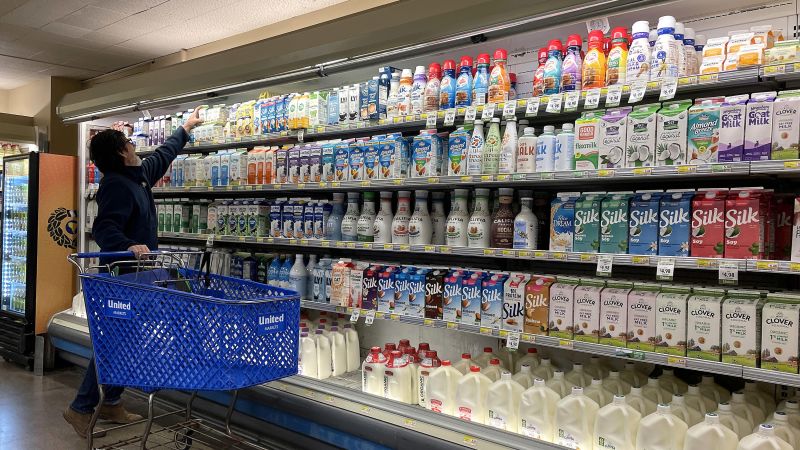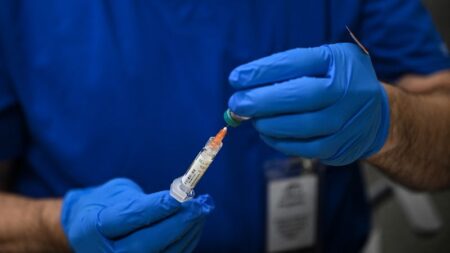In a recent development, US health agencies have initiated new rounds of tests on dairy workers and milk products to delve deeper into the potential impact of H5N1 bird flu.
The US Centers for Disease Control and Prevention, in collaboration with the state of Michigan, has kickstarted a highly anticipated study to evaluate whether workers exposed to infected cattle have contracted the virus. Meanwhile, the US Food and Drug Administration is examining the effectiveness of flash pasteurization following recent concerns about its ability to neutralize all infectious virus in milk.
These endeavors form part of a fresh wave of research unveiled by federal agencies on Tuesday to comprehend the dynamics of H5N1 bird flu, which made a groundbreaking leap from birds to dairy cattle earlier this year. Since late March, over 120 herds across 12 states have tested positive for the highly contagious infection, which seems to be spreading through direct contact with raw milk, as confirmed by the US Department of Agriculture.
Dr. Eric Deeble, the acting senior adviser for highly pathogenic avian influenza at the USDA, stated, “We know this to be spread by contact with milk.”
Initial findings suggested that the movement of cattle played a significant role in spreading the infection. However, following the USDA’s mandate for cattle to undergo testing before interstate transportation in late April, the infection has been transmitted between farms via shared equipment and workers, according to a recent epidemiological study by the Michigan Department of Agriculture and Rural Development (MDARD).
Dr. Tim Boring, the MDARD Director, emphasized the high viral loads in milk, highlighting the potential risk of transmission. However, the exact mechanism of the virus’s transmission through humans remains unclear.
Dairy farmers have been hesitant to allow government officials to conduct comprehensive testing on their herds, and farm workers have been reluctant to undergo testing, even when exhibiting symptoms. To incentivize participation, Michigan recently announced financial assistance for up to 20 dairy farms to engage in research, on top of federal funds.
The collaborative efforts seem to be yielding results, as the CDC and the Michigan Department of Health and Human Services launched a study to test farm workers’ blood for antibodies to the H5N1 virus.
Moreover, the FDA has commenced another round of sampling on dairy products to address gaps in previous testing. This round includes raw milk cheeses, cream cheese, ice cream, and butter, as confirmed by Dr. Don Prater, the acting director of the FDA’s Center for Food Safety and Applied Nutrition.
While initial testing deemed dairy products safe for consumption after pasteurization, recent lab studies raised concerns about the efficacy of flash pasteurization in completely neutralizing the virus. Further research is underway to ensure food safety standards are met.
The FDA aims to conduct studies on the virus’s persistence in aged cheese and pooled testing of raw milk samples from dairies. Specific timelines for these studies have not been provided, but the agency anticipates obtaining results in the near future.












